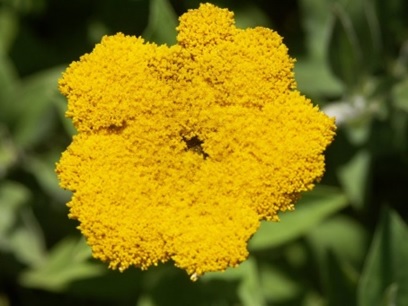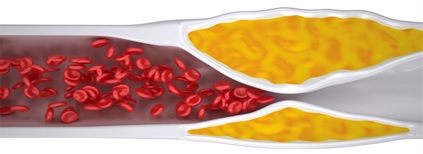Why, What for, and how does Cannabis work?

Why, What for, and how does Cannabis work?
Cannabis is a product obtained from the Cannabis sativa plant and other subspecies, a group of plants belonging to the Cannabaceae family. Overall, plants produce different compounds and metabolites that are used for different purposes during their growth, such as to rapidly adapt to changing environmental conditions, to protect them from herbivore animals, or even as a decoy to attract some herbivore animals and use them to disseminate their seeds.
During centuries humans have used plant-derived compounds for medicinal purposes. Good examples of these are the antiseptic properties of thyme (Thymus vulgaris), the digitoxine obtained from Digitalis purpurea, used to reanimate patients suffering from a heart attack, or even morphine, a powerful painkiller obtained from the Papaver somniferum plant. In the case of cannabis, cannabinoids are the most well known compounds produced by these plants. According to recent studies, there are more than 60 types of cannabinoids (Ref.2) and they may have different effects on mammals, but the two major cannabinoids include the tetrahydrocannabinol, also known as Δ9-tetrahydrocannabinol (THC or Δ9-THC), and the cannabidiol (CBD).
So, how does Cannabis work? Mammals have also been shown to produce and endogenous cannabinoid system, known as the endocannabinoid system (ECS), which is expressed in a huge variety of cells throughout the body (Fig. 1). This system is composed of different endogenous endocannabinoid compounds as well as cannabinoid receptors (CB), which are located in the cell membrane and are coupled to a particular intracellular protein, protein G, which is activated once a cannabinoid attaches to the corresponding receptor. Two primary endocannabinoid receptors have been characterized: CB1, predominantly found in the Central Nervous System (CNS), and CB2, located in peripheral organs and tissues, mainly the spleen and immune system cells (REF). CB receptors have also been identified in the reproductive and gastrointestinal tracts, sympathetic ganglia, endocrine glands, arteries, lungs and the heart. A third type of CB has recently been described (CB3 or GPR55, Ref5), which is also expressed in certain regions of the brain.

 Aceite de CBD 2,5% de 30ML – Full Spectrum – Nacional
Aceite de CBD 2,5% de 30ML – Full Spectrum – Nacional 



Responses